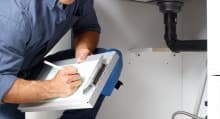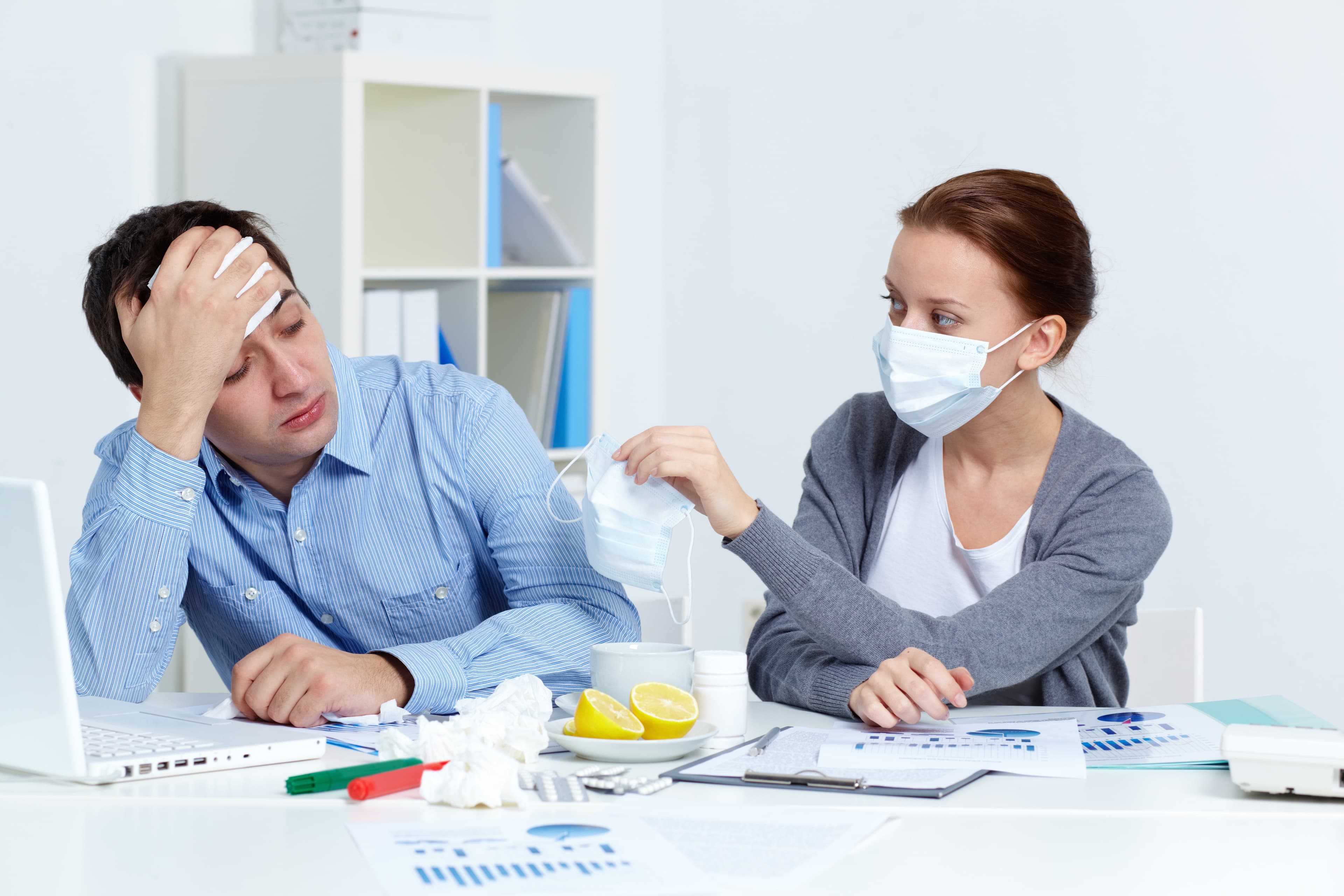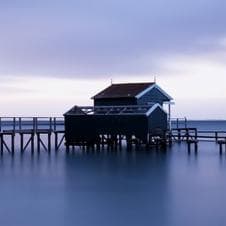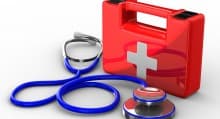Earthquake Checklist
5 stars
Scores 4.70 with 99 votes
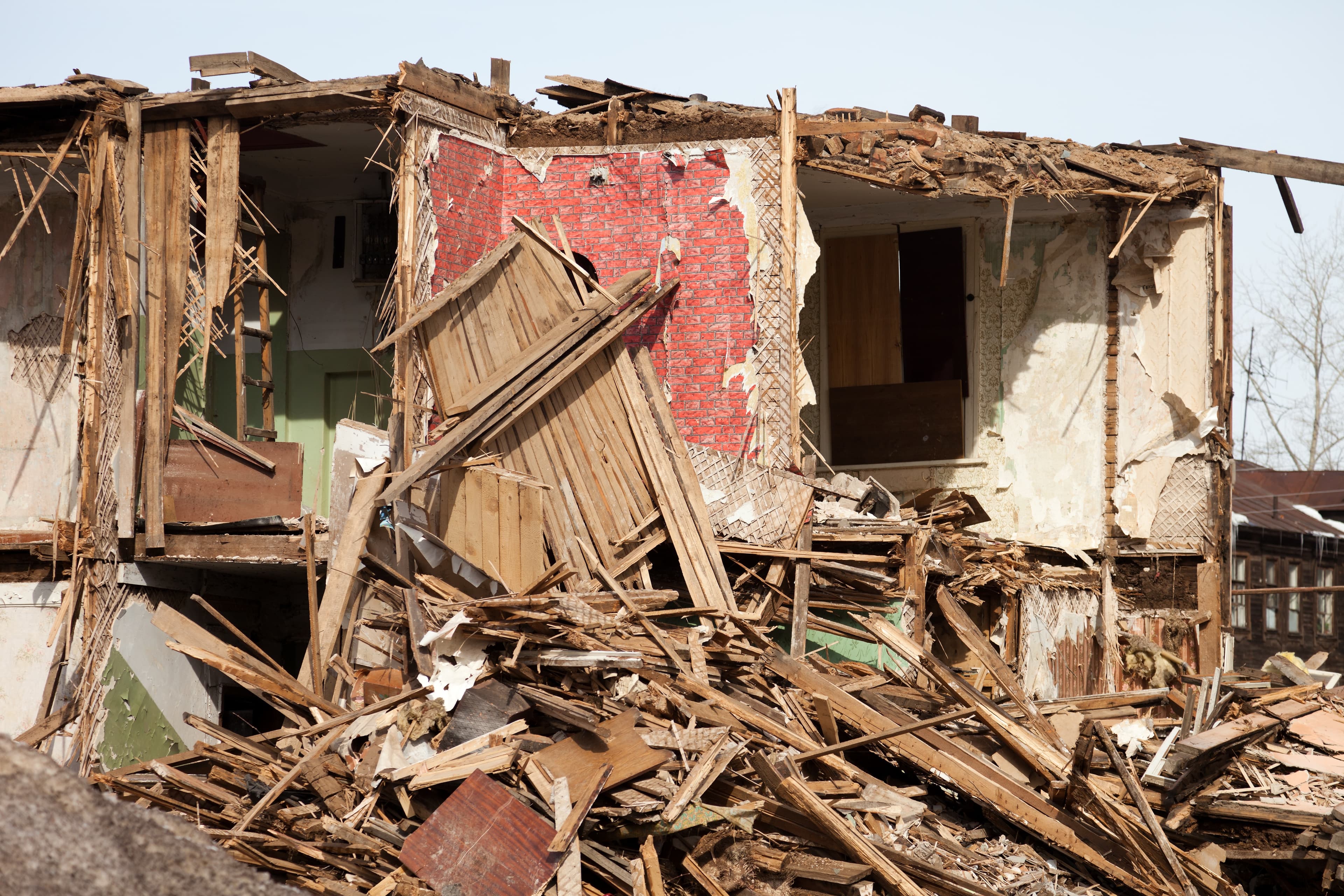
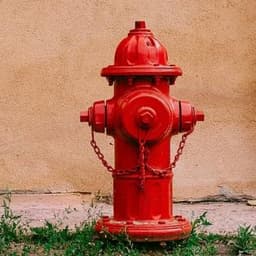
- Become aware of fire evacuation and earthquake plans for all of the buildings you occupy regularly.
- A safe place could be under a piece of furniture or against an interior wall away from windows, bookcases or tall furniture that could fall on you.
- If you do not have sturdy furniture to hold on to, sit on the floor next to an interior wall and cover your head and neck with your arms.
- Hang pictures and mirrors, away from beds, couches and anywhere people sleep or sit.
- Move as little as possible.
- If you must leave the building after the shaking stops, use stairs rather than an elevator in case there are aftershocks, power outages or other damage.
- Avoid bridges, overpasses and power lines if possible.
- Then, drive carefully, avoiding bridges and ramps that may have been damaged.
- Wait for assistance.
- Landslides are often triggered by earthquakes.
- Expect and prepare for potential aftershocks, landslides or even a tsunami. Tsunamis are often generated by earthquakes.
- Aftershocks frequently occur minutes, days, weeks and even months following an earthquake.
- Fire is the most common hazard after an earthquake.
Suggest Improvements
Rate this Checklist
5 stars
Scores 4.70 with 99 votes
